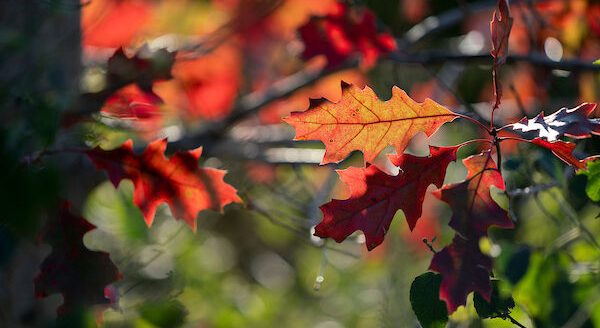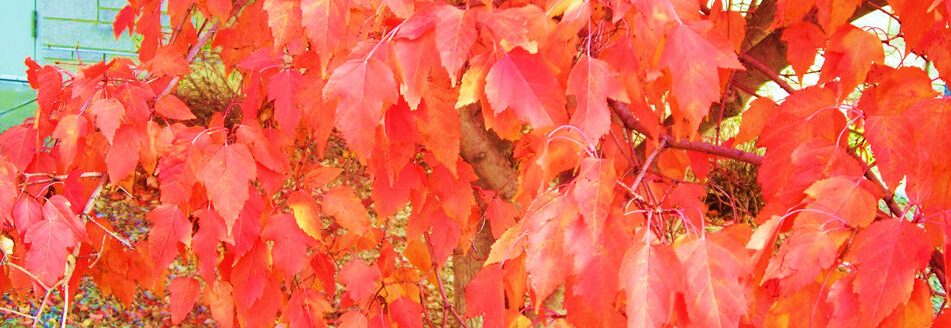Study after study reports that trees make us happy. When we take the time to be near them, walk by, or sit and stare at them—whether in a hospital, our front yard or a park they help calm us down. Trees do even more than this. According to The New Yorker, a Dr. Berman, a decade ago as a student at University of Michigan conducted a study where volunteers took a fifty-minute walk through a city street or arboretum. After the walk the volunteers were given a cognitive assessment. The volunteers who walked through the arboretum performed about 20% better on memory and attention. I am sure the walking had its own benefits. Berman suggests taking a walk at the end of a day. For those with clinical depression, it gives those people a bigger boost.
Not only do adults benefit from better cognition, but school children too, given the right landscape. In 2015, a study from the Centre for Research in Environmental Epidemiology in Barcelona, Spain, found that school children exposed to greenery in their landscapes had better memory development and attention skills. Two studies done in two different parts of the world and both studies came to the same outcomes but from different age groups.
Considering the great benefits of trees, we should be very happy about what they do for us. I know our small towns don’t have an alarming amount of fine particulate air pollution. But in our big cities there is a large amount of fine particulate air pollution and trees are a lifesaving plant that filter out those particulates. According to the U.S. Forest Service in New York City, trees save an average of eight lives per year. That might not seem like a lot. It shows us that, if we create more open spaces in cities this can create a healthier atmosphere. If every street were properly lined with trees, think of what a difference that could make. Even living in a small town, air pollution travels. Remember the Chernobyl disaster in 1986 that released radiation from the defective reactor? Better yet think about smoke from recent wildfires. We all get something because it disperses to different locations. Nevertheless, if it is one part per million, we still benefit from keeping healthy trees on our streets. Just because the smoke is gone or the disaster has passed, it doesn’t mean the particulate matter is not still being dispersed.
Besides cleaning our air, trees help patients leave the hospital a day sooner, if they can view a tree from their room. The patients use less pain medication and it reduces anger according to Scientific American. So request a room with a view of a tree. Trees are calming and reduce heart rates while reducing stress.
Other added benefits with trees deal with the removal of CO2. Twenty million trees will remove 10 million tons of CO2 from the atmosphere. Those same trees will add 260 million tons of oxygen into the atmosphere. According to coloradotree.org, an adult tree can change 48 pounds of carbon every year into enough oxygen to keep two people alive. Trees reduce our ozone levels. Tree roots help keep our soil in place by preventing erosion. In heavy rains, tree leaves reduce the impact of the rain on our soil. This too prevents erosion. If you get the chance, be a silent observer the next time there is a heavy rain and watch the nearest tree to see how it changes the force of the rain hitting the ground. Think of a tree as a living umbrella.
There is more to a tree than just its beauty. Talk to those on the local tree board in your town. Encourage those members to keep replacing older trees or sick trees with new ones so the next generation(s) can benefit from these majestic living beings.


